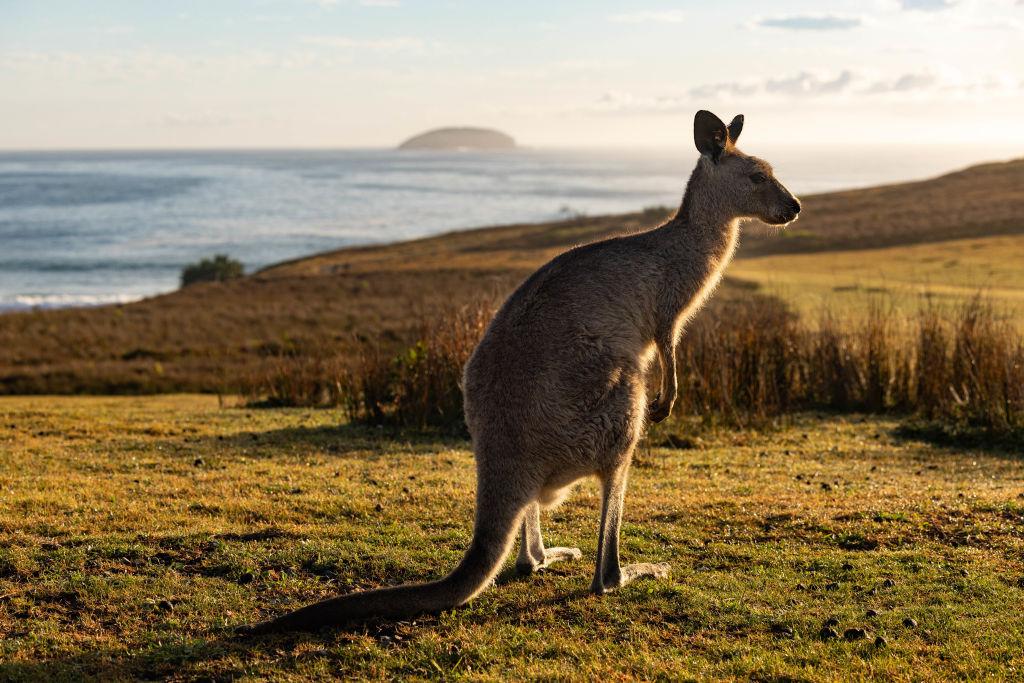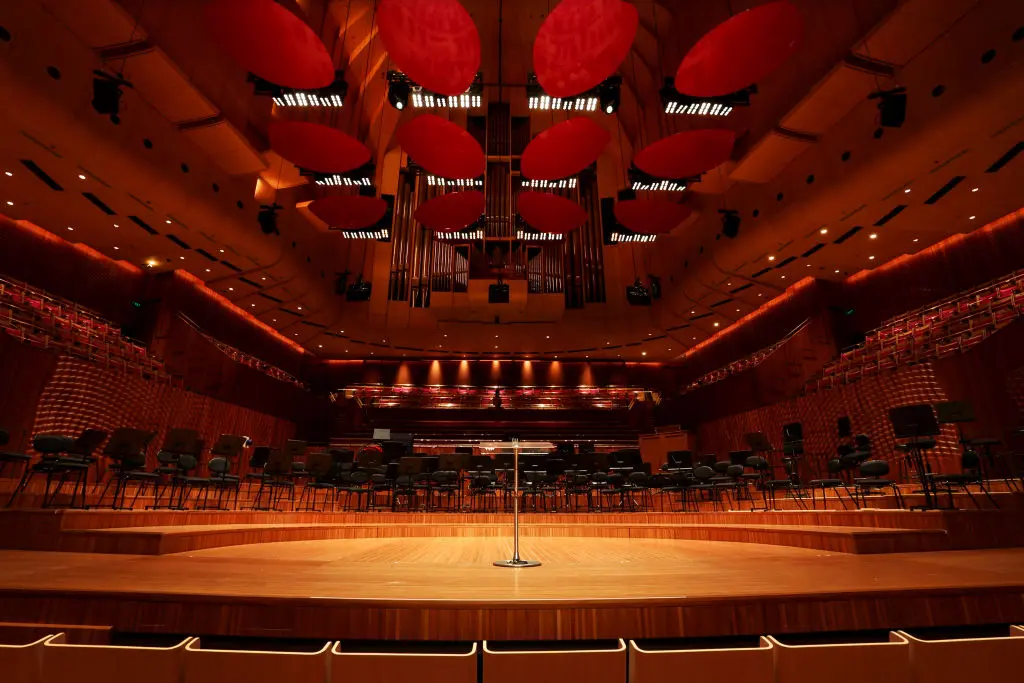A proposed ban on kangaroo-based products by Oregon lawmakers would only result in more suffering and unregulated killing of the native Australian marsupial, according to conservationists and wildlife experts.
Senate Bill 764, introduced by Sen. Floyd Prozanska (D-Eugene), would ban the sale of kangaroo parts and products in Oregon with the threat of fines or a prison sentence.





